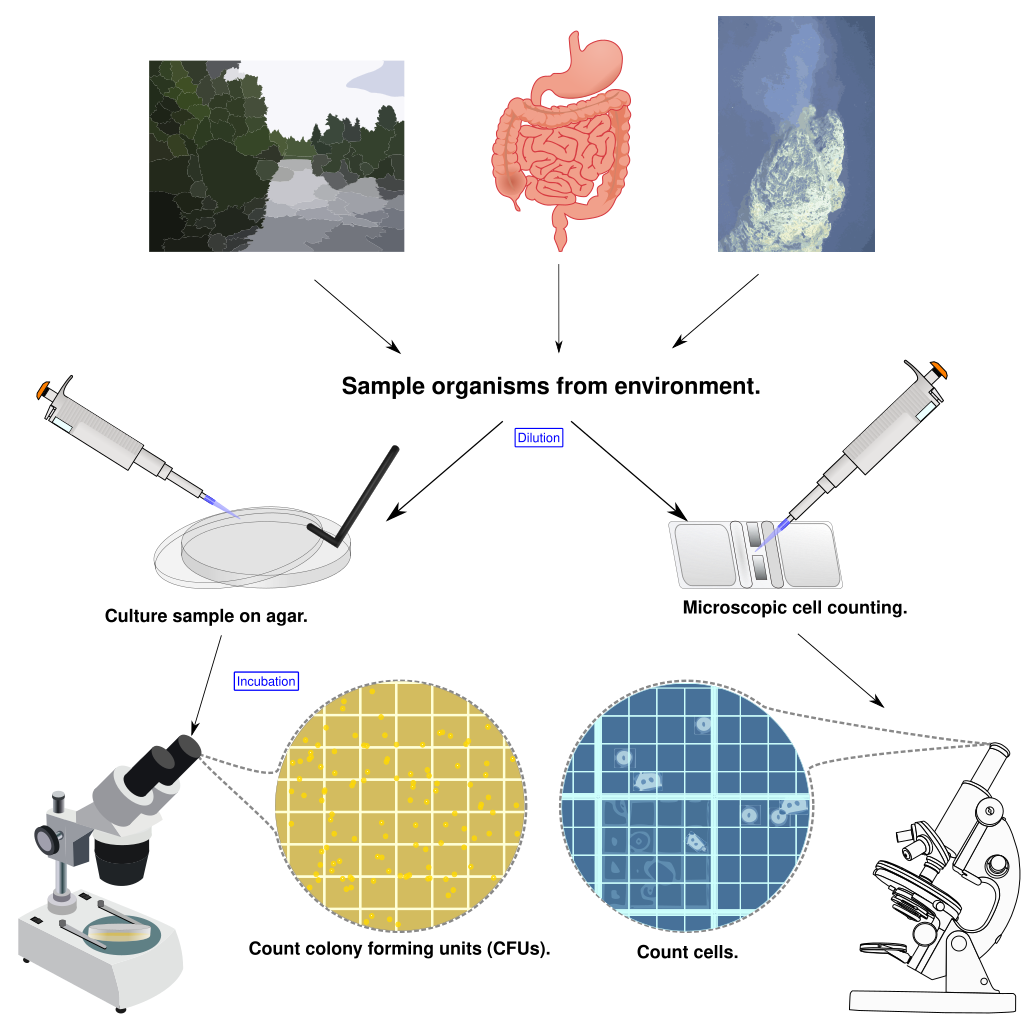
Fundamentals of Microbial Ecology
Microbial ecology examines microorganisms within their natural habitats and their interactions with one another, other creatures, and the physical and chemical characteristics of their environment. It examines the variety, distribution, roles, and activities of microbes throughout many ecosystems, including soil, water, air, and inside live creatures.
Microorganisms, including bacteria, archaea, fungus, algae, protozoa, and viruses, are vital constituents of ecosystems. Notwithstanding their minuscule dimensions, they fulfill essential functions in biogeochemical cycles (e.g., carbon, nitrogen, sulfur), the breakdown of organic matter, and the flow of energy. They establish symbiotic interactions with plants, animals, and people, impacting health, agriculture, and climate.
Microbial ecology integrates methodologies from microbiology, molecular biology, environmental science, and ecology. The advent of contemporary methods such as metagenomics, next-generation sequencing, and bioinformatics enables scientists to investigate unculturable bacteria, therefore enhancing their understanding of microbial populations and their roles.
Comprehending microbial ecology is essential for addressing global issues such as climate change, pollution, sustainable agriculture, and infectious illnesses.
- Teacher: $a->firstname $a->lastname
